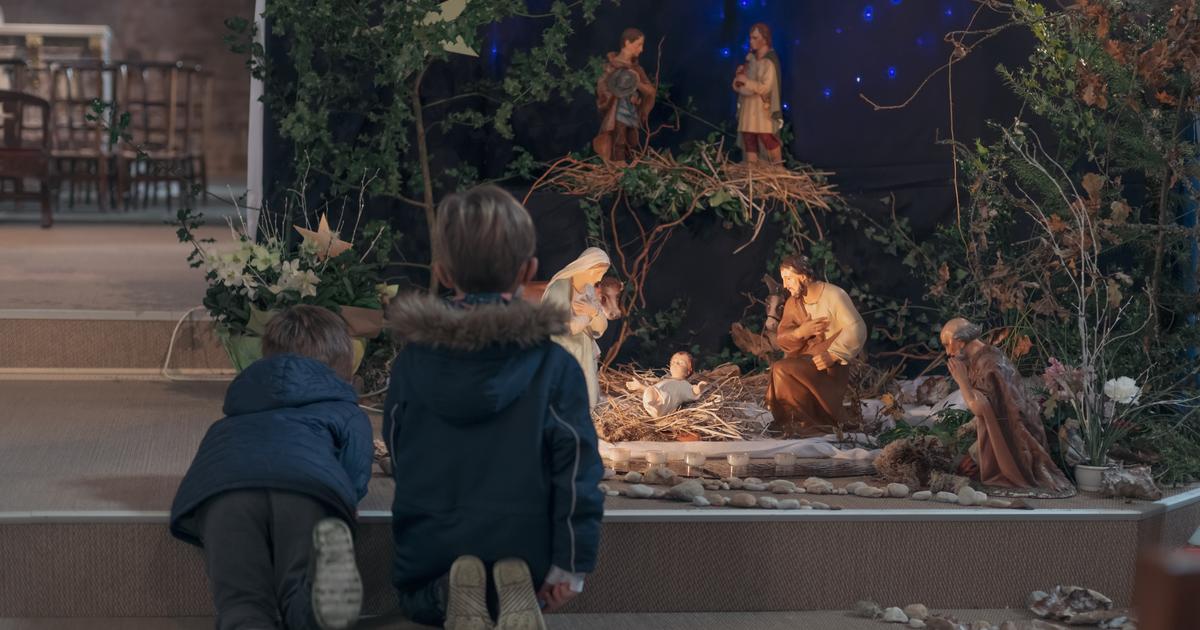A hunchback with a deformed neck, a child decapitated by a soldier and a woman with a bloodied face make, among other unusual characters, the three-century-old nativity scene presented in a monastery in the center of Ecuador's capital.
Composed of 300 rooms, the singular nativity scene belongs to the Carmelite Descalzas, nuns who have been living in Ecuador since 1653. The collection is part of the Carmen Alto Museum, located in the historic heart of Quito.
Depictions of indigenous people
His figurines, dating from the 18th to the early 20th century, depict biblical scenes such as the Flight into Egypt, the Massacre of the Innocents or the Adolescent Jesus in the Temple. In the middle of these biblical representations, presented in a wing of the monastery transformed into a museum, are figures from the daily life of the colonial era. "Seeing pieces that illustrate interculturality and diversity in the city is very interesting. We have representations of indigenous people, Afro-descendants, and even chapetones," as the Spanish conquistadors and settlers were called, Gabriela Mena, coordinator of the museum, told AFP.
Among the figurines are several figures of the indigenous Yumbo people, with painted faces and feather ornaments on their heads. The figurines of the Afro-descendants wear "French-style, very ornate" outfits, says Noralma Suarez, head of the museum's reserve, which is exhibiting these pieces until the first quarter of 2024.
The nativity scene includes varied scenes such as mothers nursing their babies, a hunchback showing his neck deformed by the effects of goiter, and a domestic violence scene in which a man threatens a woman with a bottle, while she appears to be recoiling with a child on her back and a bloodied face.
Racism and machismo
Some figurines are up to 50 cm tall, including those depicting Mary, Joseph and Jesus. Others are just a few centimetres long. This nativity scene, which is set up each year under a different contemporary theme such as migration or natural disasters, makes it possible to "highlight, to feel certain things that were happening at a given moment in history," says Noralma Suarez.
This year, the installation aims to provoke reflection on women traders who work informally and rarely have the opportunity to enjoy Christmas with their families due to the workload. Rag dolls, representing these women and their children, are the first new pieces to be integrated into the unusual nativity scene. These figures mingle with the old ones that highlight artistic techniques such as sgraffito, collage or the technique of rubbing a sheep's bladder on the sculpture to give it a smoother finish.
Read also"Christmas: The Flame of Hope"
Reducing this nativity scene to "a beautiful popular and cultural tradition can lead us to make it folkloric (...) some of the things that are depicted in it," notes Gabriela Mena, citing the roles attributed to indigenous and Afro-descendant peoples or violence.
This is why the crèche uses old prejudices as a pretext to engage in a reflection on themes such as racism, machismo or poverty. "It's like moving the structures of the museum and making everything stand in question," she says.

